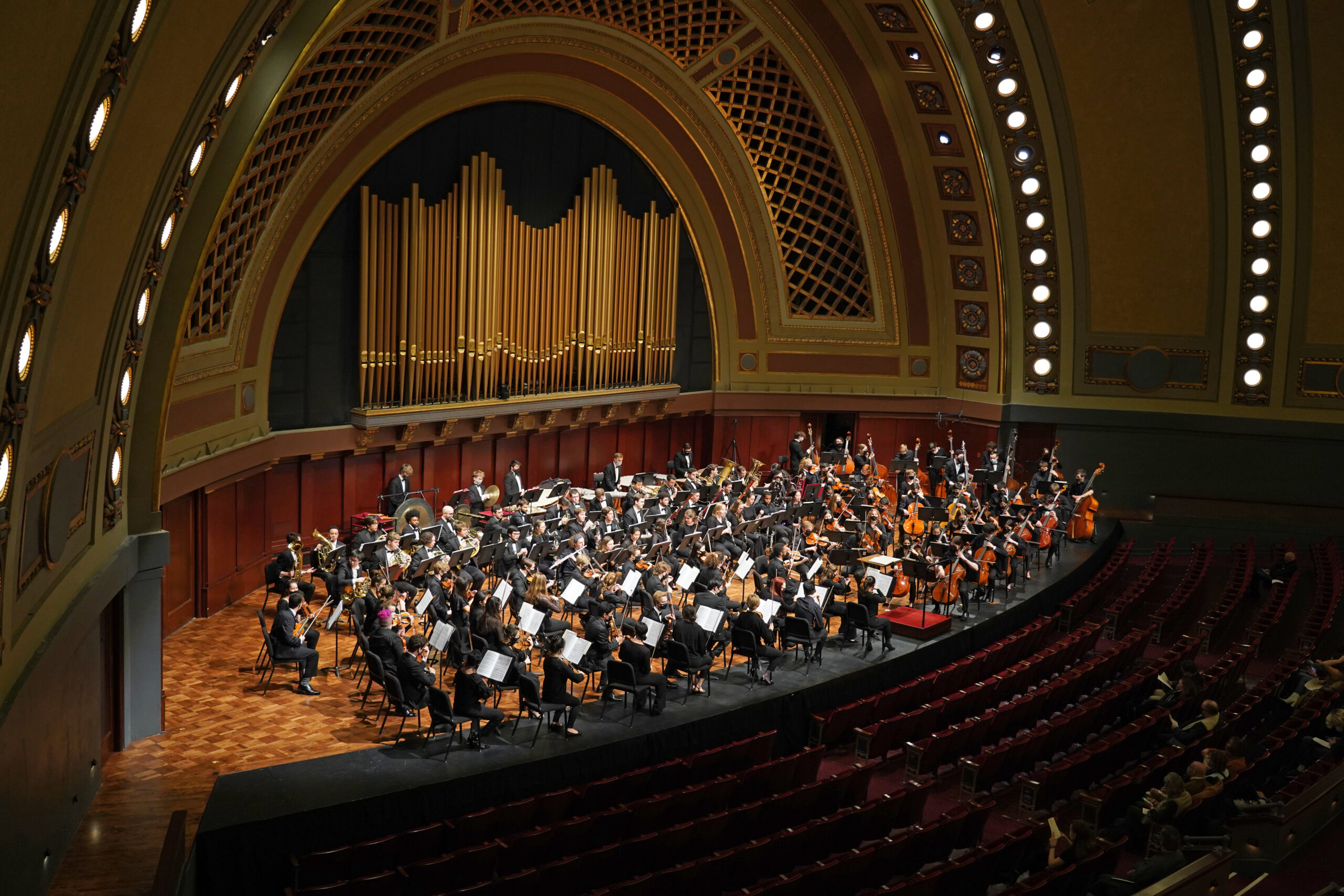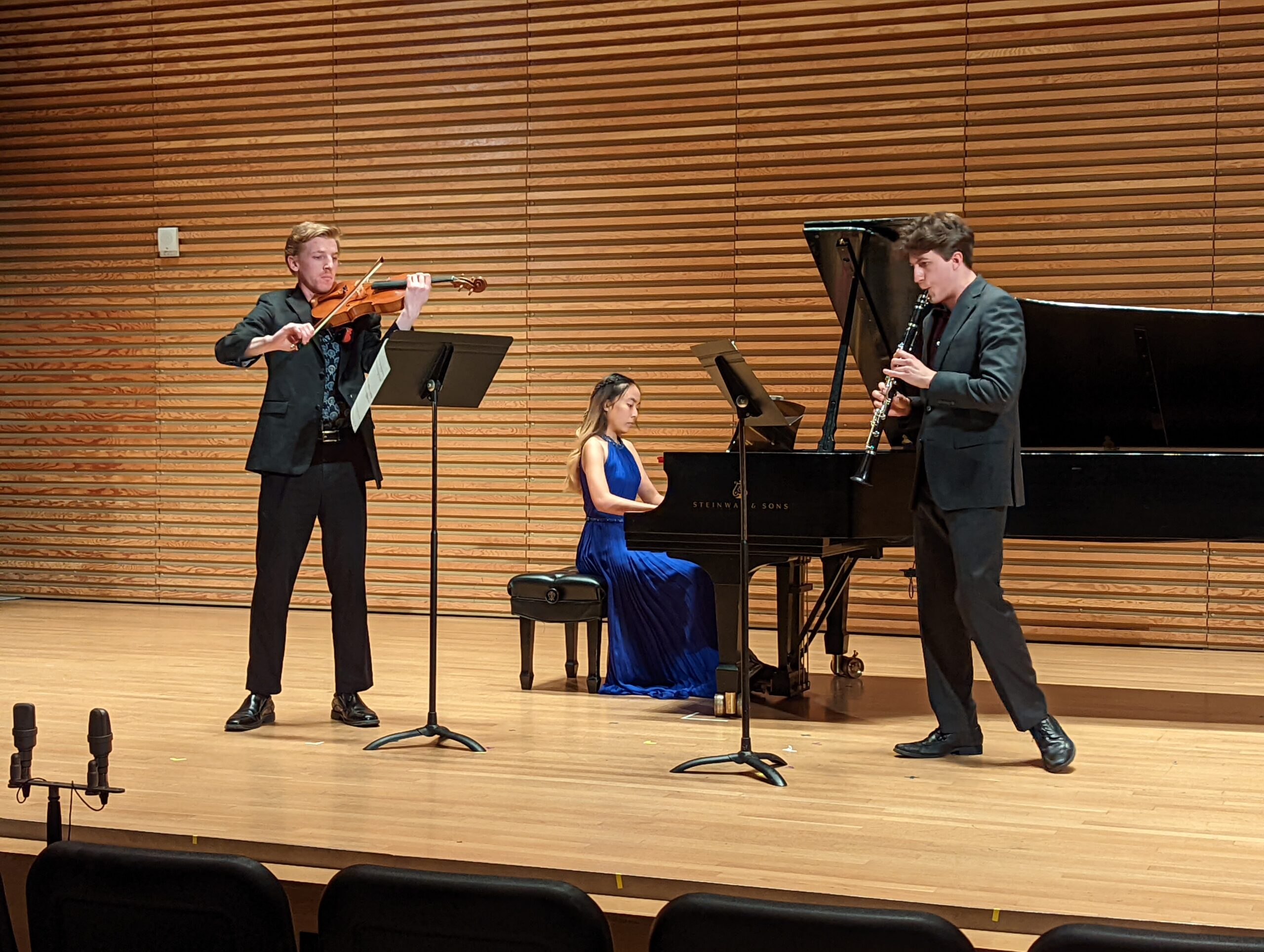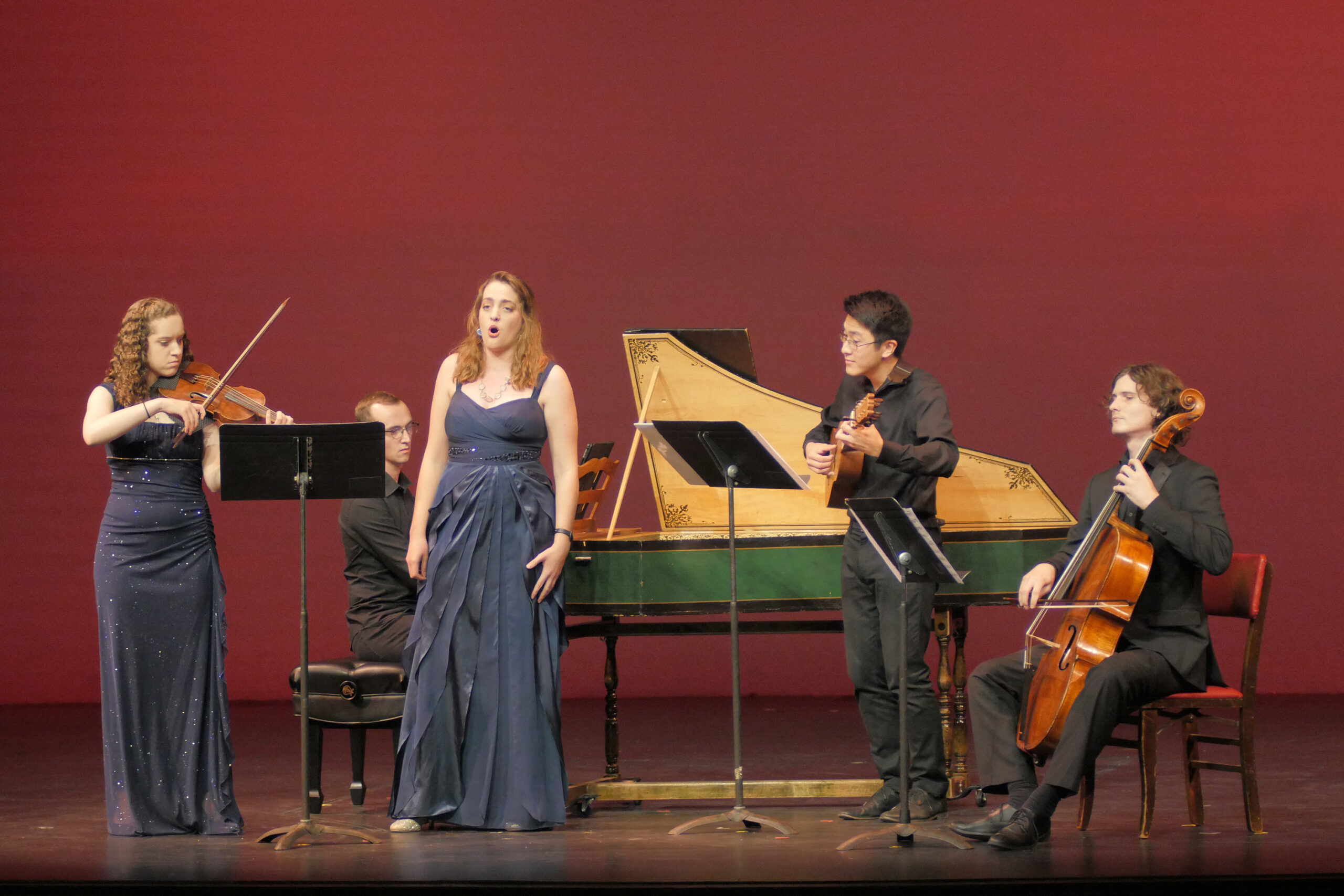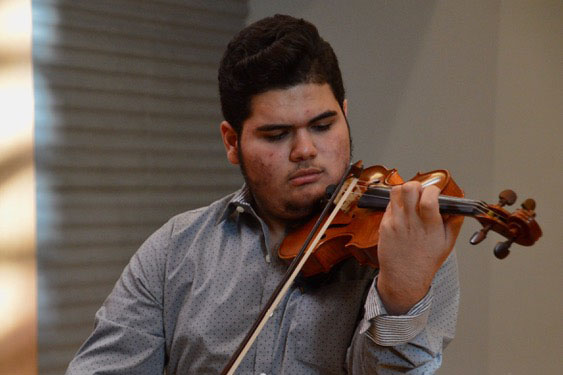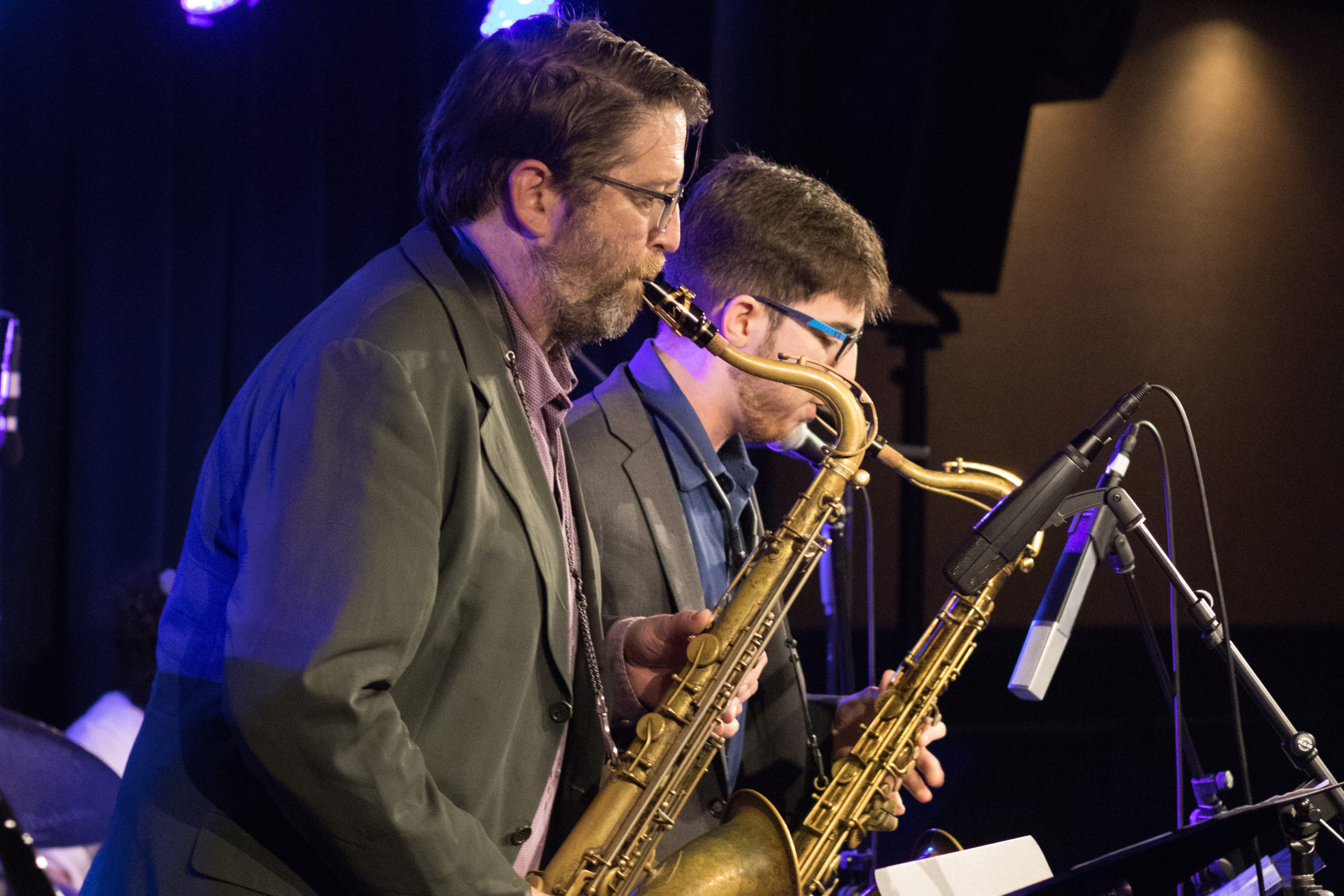Master of Music in Performance, Strings
Designed for students seeking intensive study with a major artist-teacher and performance experience to develop into a highly qualified professional musician. Applicants must possess a bachelor’s degree in music or its equivalent as well as substantial solo and ensemble repertoire. Students may elect to pursue a double-major in Performance & Chamber Music, which may be completed in two years.
Curriculum
The Master of Music in Performance: Strings requires a minimum of 30 credits. Coursework to include:
Private lessons
Ensemble participation
String Quartet (for violin, viola, cello) or Orchestral Repertory (for double bass)
Non-Performance SMTD electives
Final Project:
Final recital
Silent Advisor
Degree requirements and term-by-term layout for current students.
Faculty
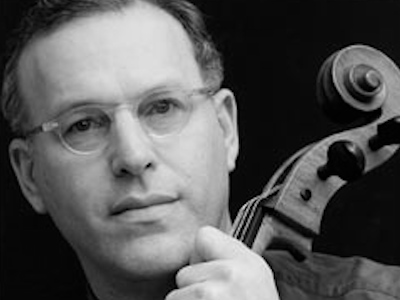
Richard Aaron
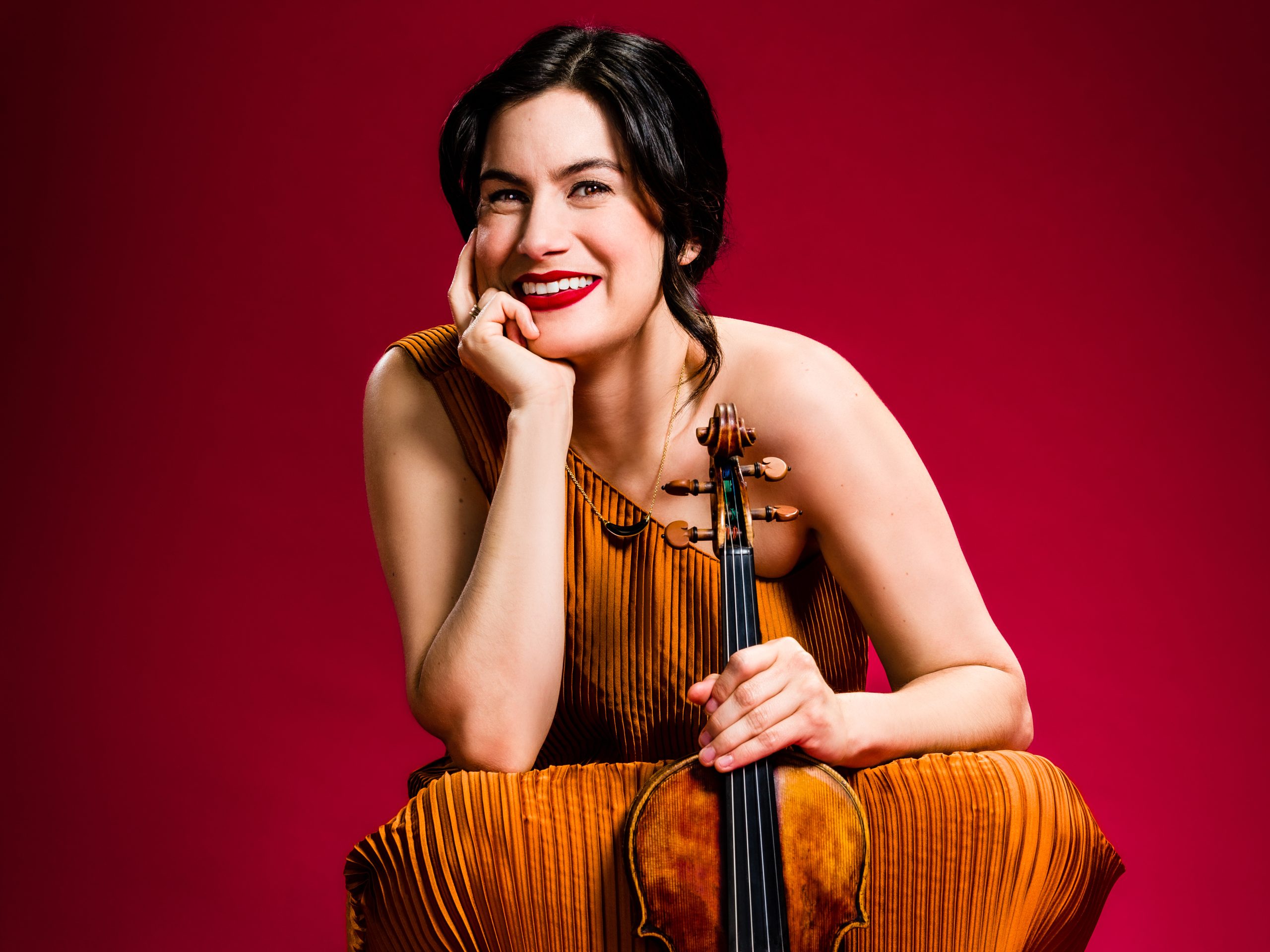
Danielle Belen
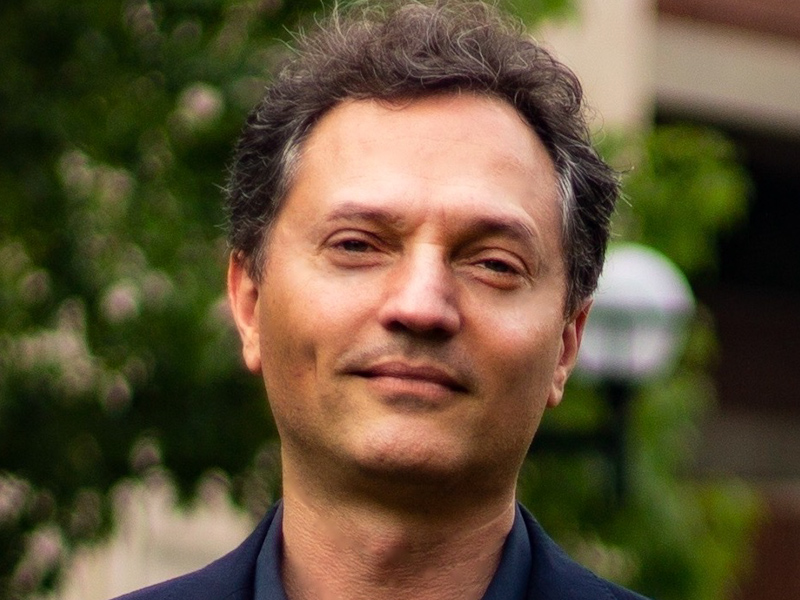
Aaron Berofsky
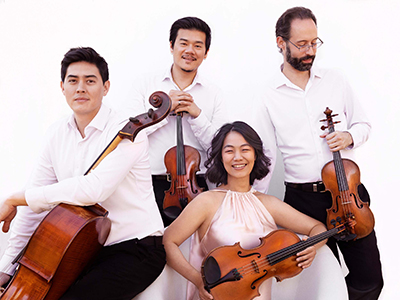
Eric Chin
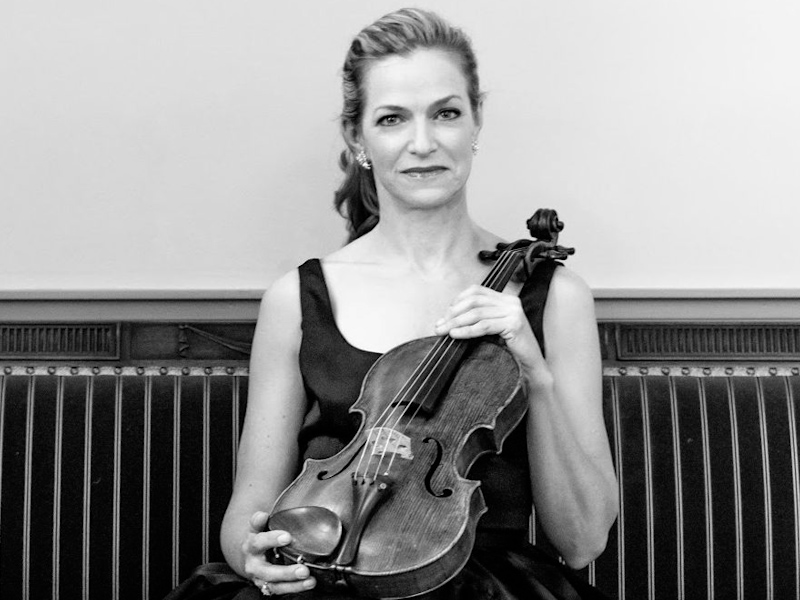
Caroline Coade
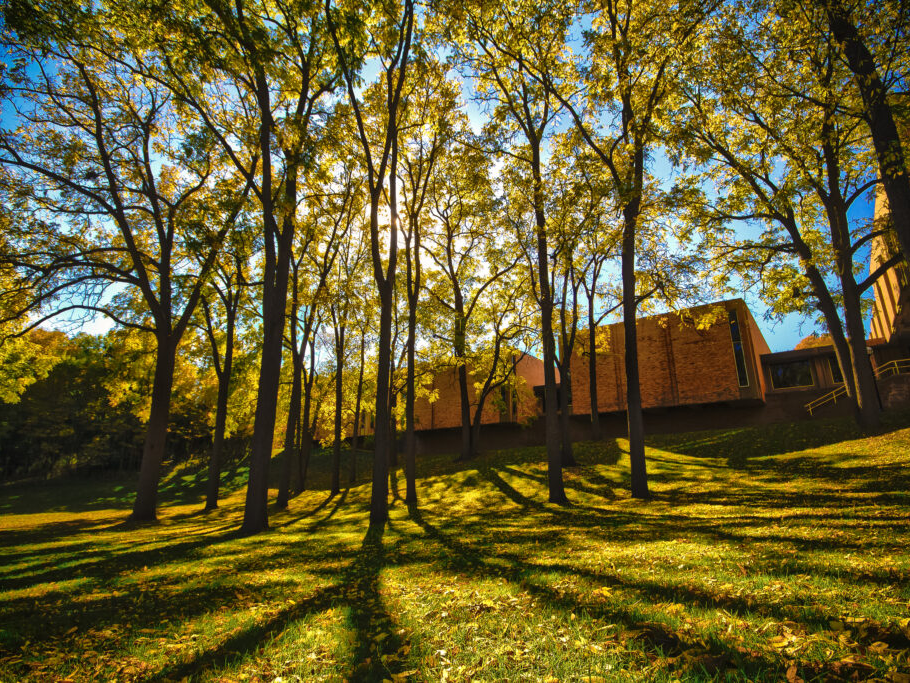
Christian Colberg
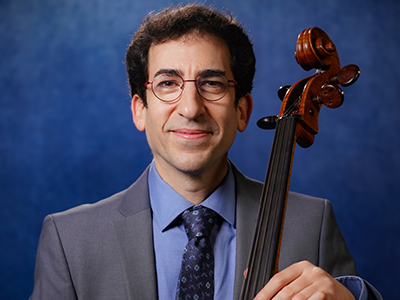
Amir Eldan
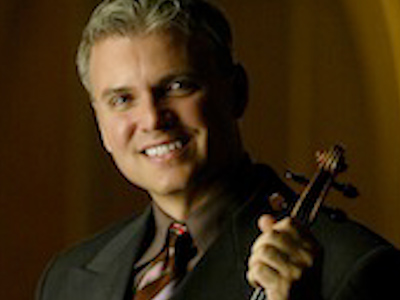
David Halen
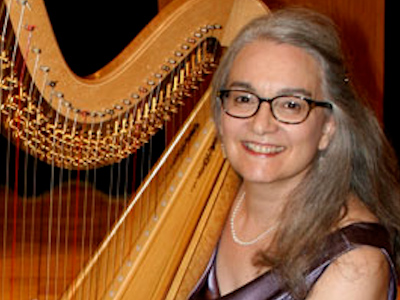
Joan Holland
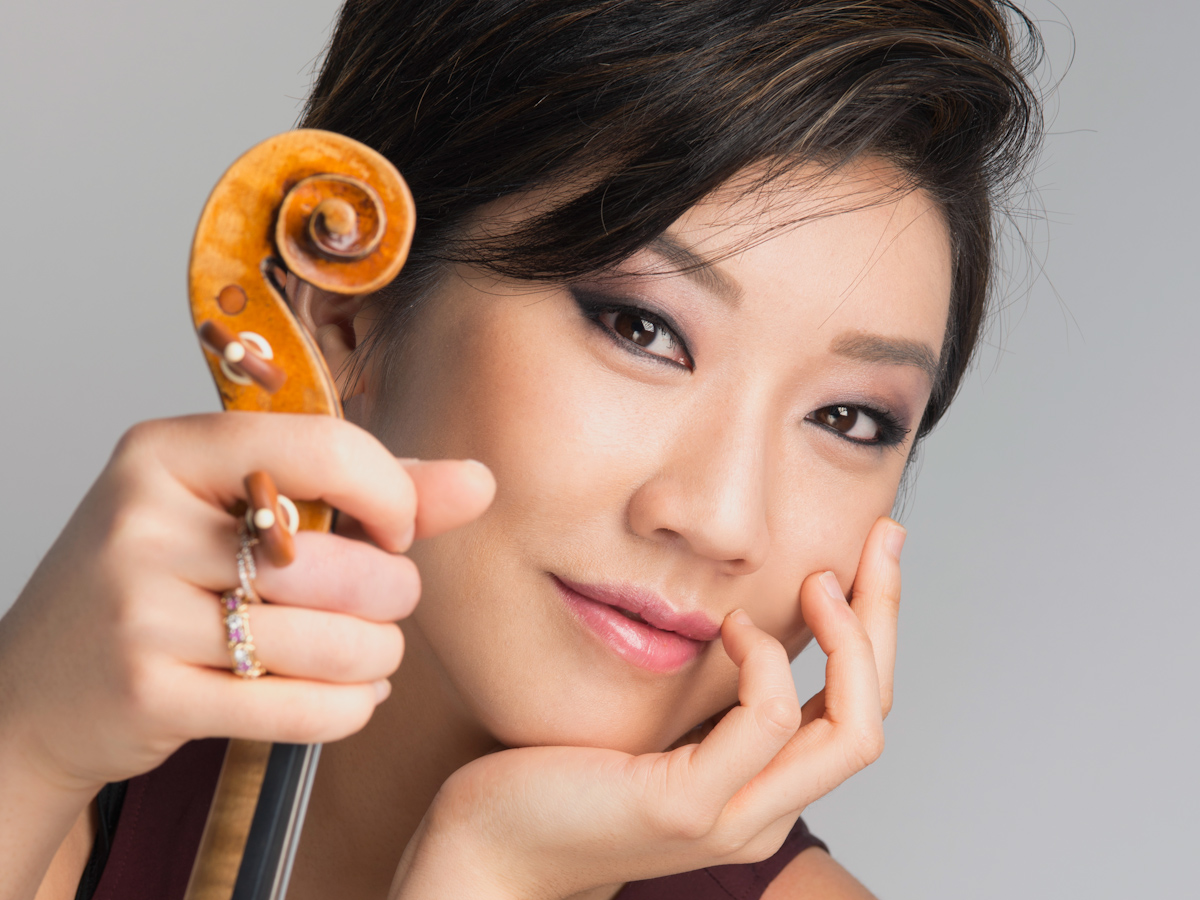
Fabiola Kim

Pei-Ling Lin

Joseph Maile

Jeremiah Shaw
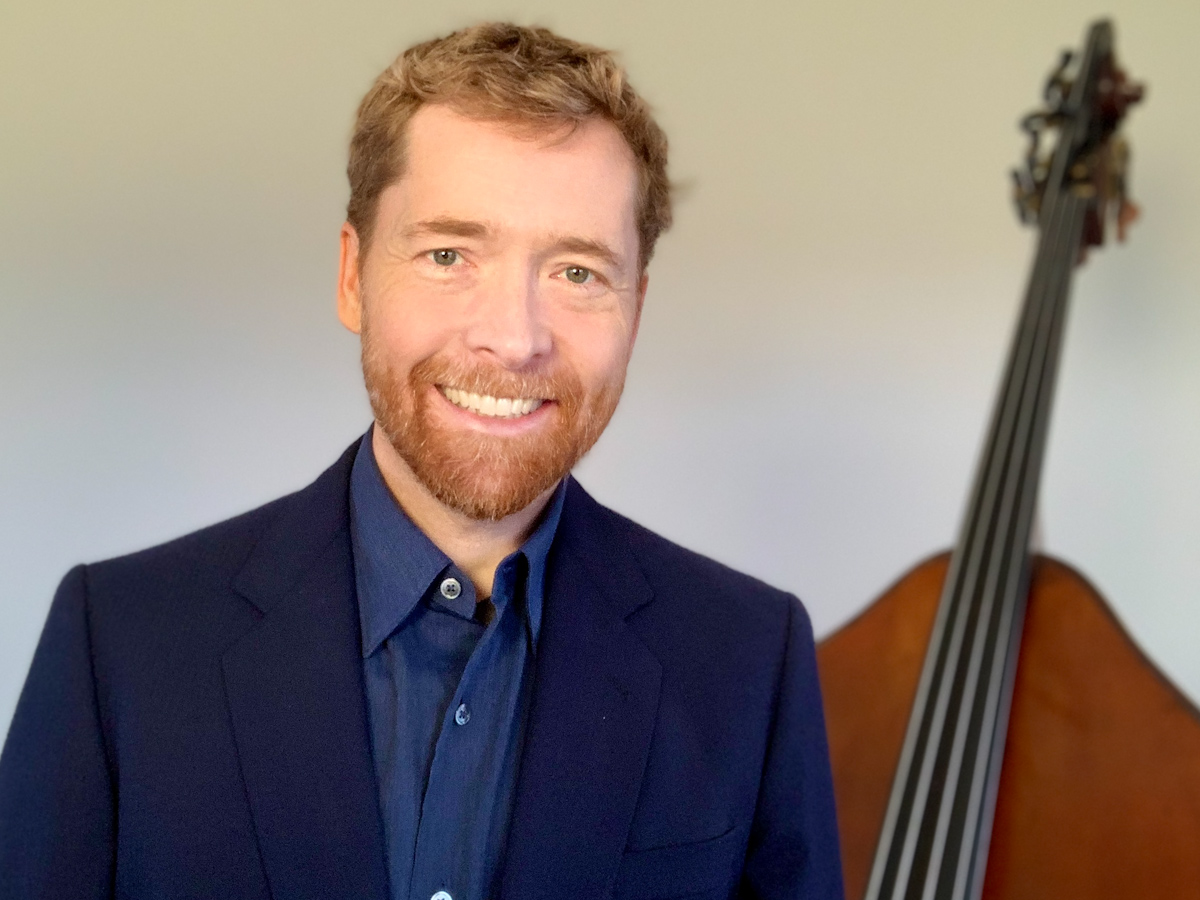
Nicholas Walker
Performance Opportunities
From large ensembles in celebrated concert halls to chamber groups in intimate recital spaces, performance opportunities across all disciplines abound, with nearly 900 student performances each academic year. Whether your focus is on early, classical, or contemporary music, whether your passion is for jazz, electronic, or world music, there is an ensemble—or in many cases, multiple ensembles—to suit your interests.

